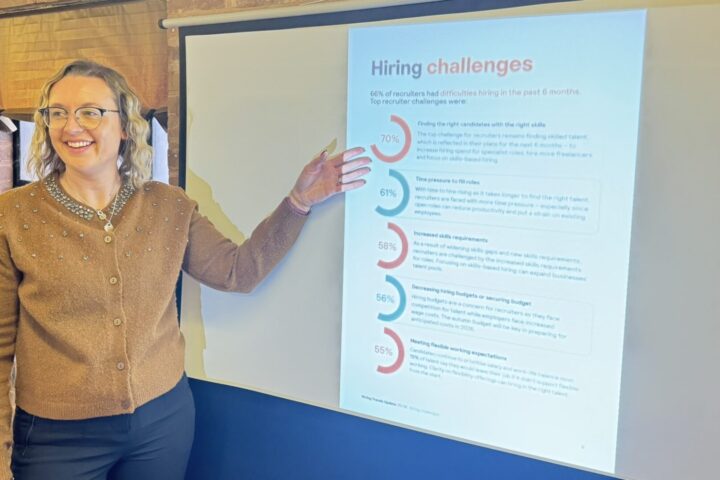The sole trustee market is likely to see a persistent slowdown in growth over the long term, according to research by Hymans Robertson.
The firm’s latest paper, ‘Sole Trusteeship: What does the future hold,’ outlined that there will be a short-term uptick in growth due to continued demand from the 4,000 small defined benefit (DB) schemes, 80% of which are not currently governed by sole trustees.
However, in the long term, the trend of trustee board appointments moving to sole trusteeship will fuel a slowdown in the market.
The paper also explored four scenarios that will likely have the biggest impact on the market in the next five years, including the potential impact of buy-out on the horizon, a quick buy-out market, an open market, and a run-on boom.
Shani McKenzie, head of sole trusteeship at Hymans Robertson, said: “We looked at the market and assessed where sole trustees are most commonly used today.
“There is a concentration in governing small schemes with less than 1,000 members. Only around 6% of DB schemes that have 10,000 or more members are governed by sole trustees and we anticipate notable growth among these larger schemes.
“Faster windup timescales for small schemes have contributed to the recent slowdown but there remains some 4,000 small DB schemes.”
McKenzie added: “Only 20% of them are using the sole trustee model, so there is huge potential for significant growth opportunity here too.
“If this is realised, the slowdown that we have observed will just be temporary as firms continue to recruit and new firms enter the market.
“Historic drivers of sole trustee market growth remain pertinent to schemes of all sizes considering their governance options.”
She said: “A key question underpinning future demand for sole trustee services is whether professional trustee firms can continue to resource the increasing number of schemes.
“The continued demand for professionalisation will encourage the entry of new firms, therefore challenging consolidation of market providers.
“However, over the longer-term the levers impacting growth become more uncertain.”
She added: “There will be a tipping point in terms of professional trustee firms’ ability to successfully recruit trustees and resource the increasing number of appointments.
“Continued recruitment and emergence of new firms feels plausible and will also contribute to the pause of any consolidation in the professional trustee firm landscape.
“It could also perhaps extend the timescales for that tipping point beyond the next 5 years, after which we do anticipate a persistent slowdown over time.”
















